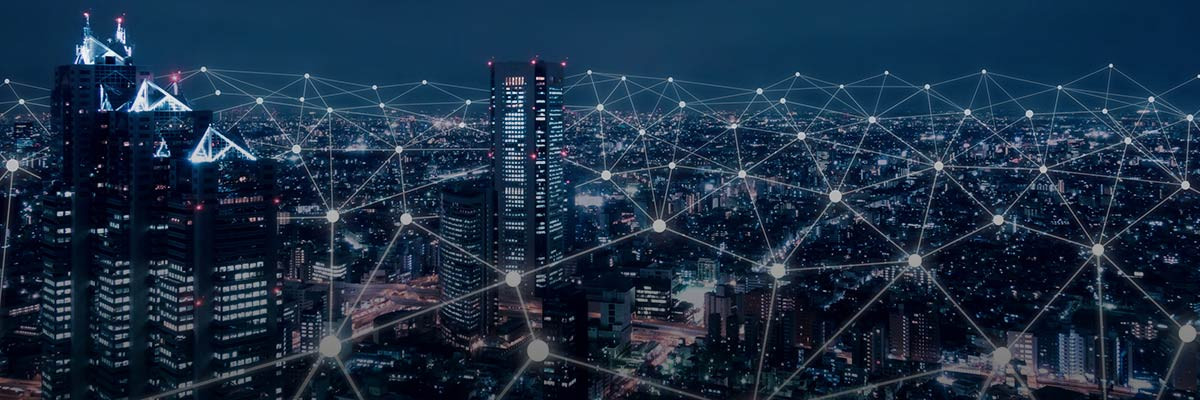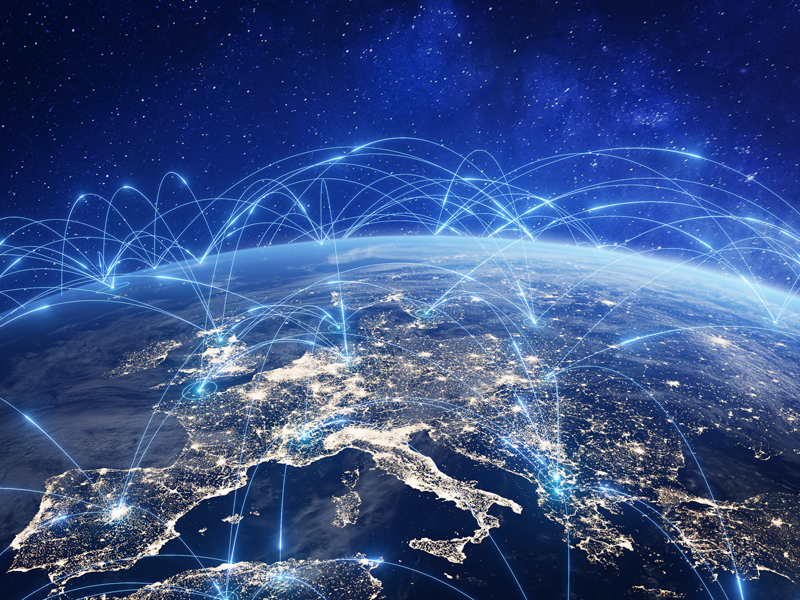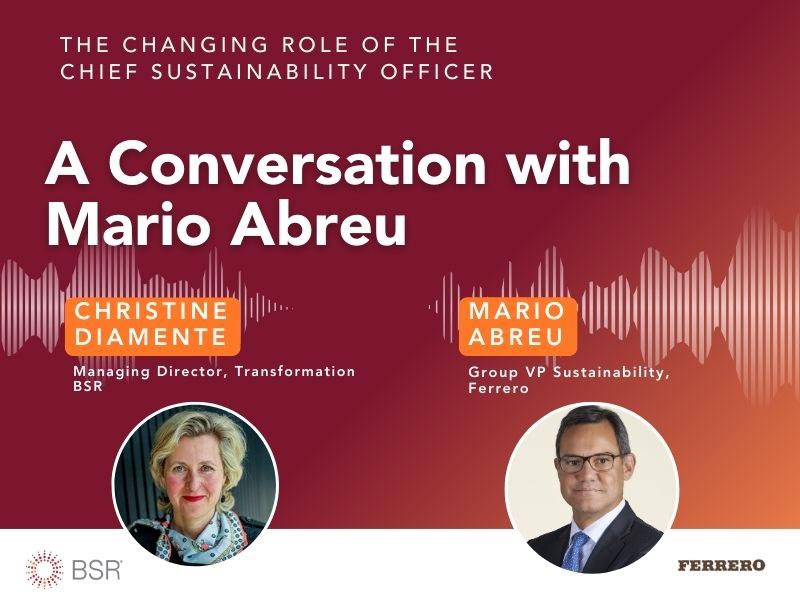
Authors
-
Beth Richmond
Former Director, Transformation, BSR
For years, the impact of a company’s sustainability strategy has been reported through footprints or isolated examples. In today’s new climate for business, the expectations are higher: stakeholders are looking to understand the sustainability impacts of the entire company—including the products and services that generate its revenue.
BSR member AT&T is an example of a company driving greater impact by making sustainability part of its revenue model. John Schulz, director of sustainability integration at AT&T, will be joining the BSR Conference 2019 next week in San Jose to speak on this topic further during the session Beyond Case Studies: Measuring and Communicating Total Impact.
We had a few minutes to catch up with John to discuss AT&T’s sustainability efforts thus far and what it’s focused on as we enter the 2020s.
As we approach 2020, what is one sustainability achievement that you are proud of at your company?
I’m very proud of AT&T’s 10x Carbon Reduction Goal to enable greenhouse gas emissions (GHG) savings for our customers 10 times the footprint of our operations by 2025. It’s ambitious at a time when we need that kind of spirit. It requires us to work two sides of the equation: reducing our own emissions and developing technology that helps our customers do the same. Our renewable energy purchases—which will surpass 1.5 gigawatts of clean energy—are also helping us advance our goal and accelerate the transition to the low-carbon economy.
I’m extremely proud that since launching our goal, we’ve reduced our scope 1 GHG emissions by just over 24 percent from our 2008 baseline. Even more, our customer solutions have enabled GHG savings just over two times the footprint of our operations. This is great progress, but we will continue to stay focused on our goal to help advance global climate goals and address climate change.
It’s been four years since AT&T launched its goal to enable carbon reductions for our customers ten times the size of its own footprint. What have you learned in that time?
It’s all about the customer. Every time we talk to customers, we’re finding new challenges that they’re facing and learning how AT&T technology can be part of their path forward. Urgency is critical— to meet the goal and to address climate change—so it’s more important than ever that we get to know our customers’ business and dig in with them to identify ways that new technologies like 5G and the Internet of Things (IoT) can transform their business and drive efficiency and sustainability.
How is the work towards the 10x goal related to the transformation of AT&T’s business and services?
AT&T is focused on delivering services to several key verticals. We’re developing technology solutions across industries that present big opportunities to drive emissions reductions. Technologies like IoT, 5G, video analytics—all backed by AT&T’s highly secure network—have the potential to greatly reduce the environmental footprint of the key industries we serve.
What has been the response from colleagues in the business and AT&T’s customers?
Initially, our 10x goal was met with some surprise. It’s an audacious goal. And it’s not necessarily obvious how AT&T can play a role in greenhouse gas emissions reduction for our customers. But as soon as we started telling real-world stories via the 10x case study series, people started to understand it.
By transitioning from a concept to an actual implementation story, complete with calculated impacts, the light went on for customers and AT&T employees. Once that started to happen, surprise changed into excitement. The ability to collaborate with a company with the scale and expertise of AT&T can give a sense of optimism to a project. Climate change is daunting, so knowing that a company like AT&T is in the fight with our customers can help give a sense of hope that we’re going to be able to figure this thing out.
What is the biggest evolution you have seen in corporate sustainability in the last decade?
The businesspeople are becoming more and more engaged in environmental issues and solutions. They are doing this because business can play a role in helping to solve environmental challenges and because investors, employees and customers are looking to business for action and solutions. At AT&T, we’ve seen significant business engagement in our connectivity and IoT solutions that are helping our customers reduce emissions and meet their sustainability goals. In this case, it’s an example of how environmental stewardship and economic opportunity can go hand in hand.
Topics
Let’s talk about how BSR can help you to transform your business and achieve your sustainability goals.







